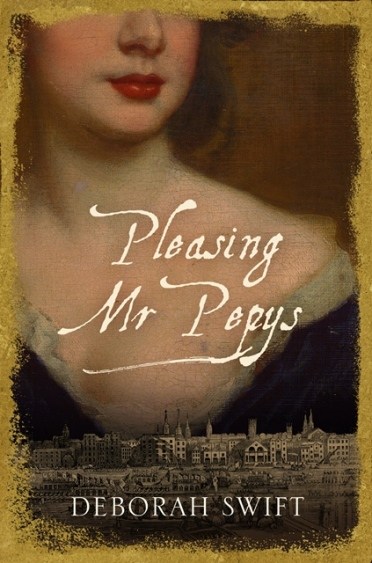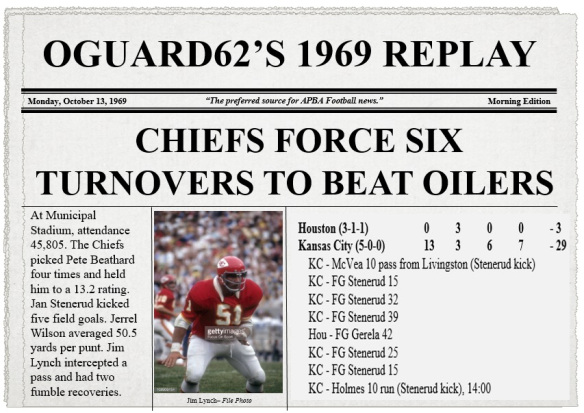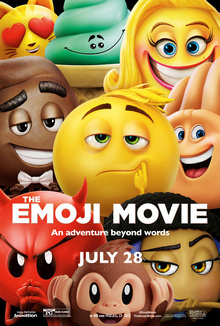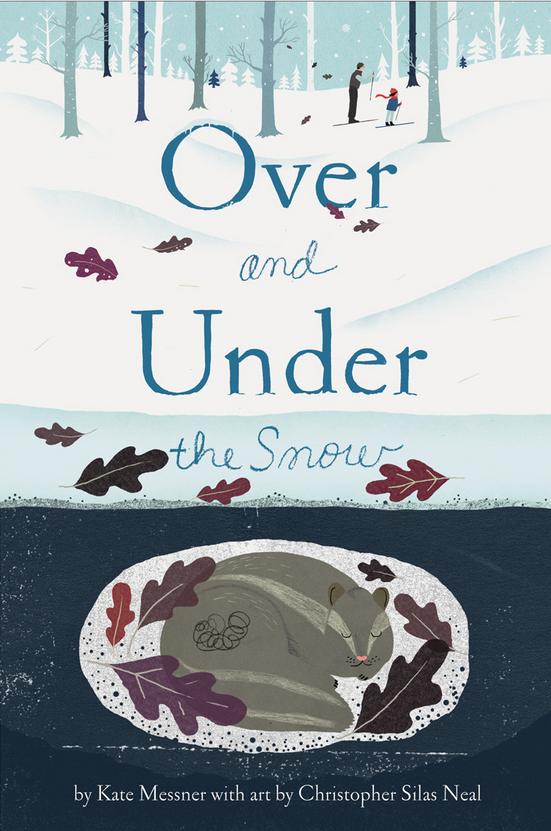If the weeks following my first scan could be defined by anything I think it would be a gradual shift from denial to sort of acceptance of what’s happening.
Part of this has been finally picking up the pregnancy books my husband bought in his continuing bid to be the best pregnant woman in the world.
I see these books as my pregnancy bibles. Without many friends who’ve had babies, and with it all being a bit too long ago for much useful advice from my parents and in-laws, I’ve really been looking for information. There’s obviously tonnes of stuff online and my internet history is a sorry tale of whatever’s been freaking me out this week. But we both really liked the idea of having a book. (No surprise, as we have about a million at home anyway.) Something we could pick up and flick through when ever and which tracked week by week of pregnancy and just explained what was going on. Having a physical thing to refer to is just something I find really reassuring.
So these will be my pregnancy bibles in the coming months. They both have really great stuff in them and lots to be recommended, but also have a few interesting quirks.
I did have a bit of an input in the purchase of the first book – ‘How to Grow a Baby and Push it Out’ by midwife and mother of four (!) Clemmie Hooper. The story behind that is a bit embarrassing. I’d actually been following Clemmie on Instagram before the appearance of Bean. She was mentioned in a magazine I read and I thought she had nice clothes and did cool things with her hair on holiday, (my Instagram priorities aren’t always that shallow I promise!) So I followed her even though I had no children – and felt a wee bit silly about it. Typically of Instagram on the surface Clemmie had a pretty perfect life, great clothes, shiny hair, perfect nails, gorgeous house, perfect family and so there was an awful lot of life envy behind my following. After a while I decided this wasn’t a particularly healthy reason to follow someone, so I stopped – around the time she announced she was pregnant with twins and writing a book.
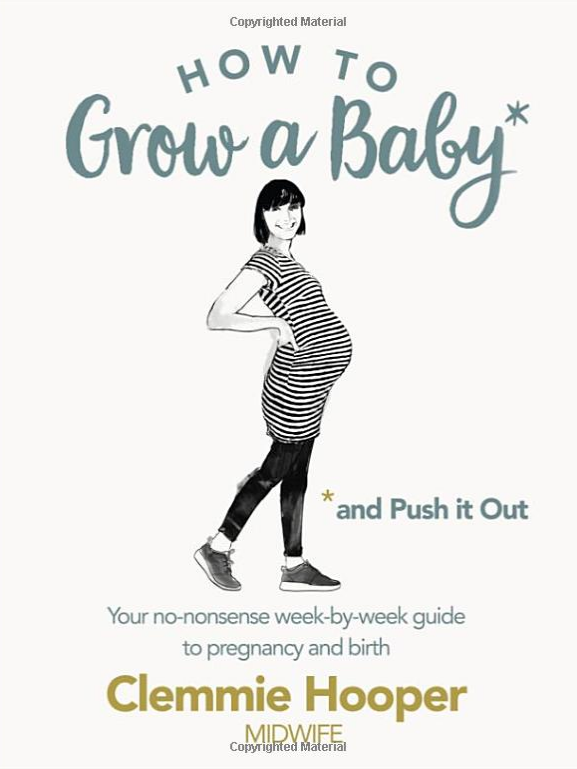
So when Bean made it’s appearance I rather gleefully realised I could legitimately follow her. She’d now had the twins – who are also perfect, you’ll notice a theme – and published the book. I told husband about it, in the manner of a guilty confessional and he upped and bought it!
We both felt confident it would be a good purchase. if nothing else as a midwife and a mother, many times over, this lady knows what she’s talking about. I also hoped that as a midwife there’d be a lot more practical, down to earth stuff in there, not all the airy fairy (American) stuff I’d been stumbling across on the internet.
The book is divided up into sections of the key milestones of pregnancy, so 8-12 weeks, 20 weeks, 32 weeks etc and contains the seemingly obligatory comparisons to fruit and vegetables at each point. Unsurprisingly for a book by a midwife, there’s quite a big focus on birth, birth plans, different approaches and the preventative measures you can take to help address the after effects. It also contains birth stories from different people, so you get a good sense (up to a point) of how different the experience is for different women.
Clemmie had me almost immediately in the first pages of the book when she talked about the early stages and symptoms of pregnancy – when you’re keeping it stum and wondering about everything. One, she acknowledged that in all likelyhood modern women in the early stages of pregnancy were likely to have been pissed in the first weeks or so, when they didn’t know they were pregnant. This was much more comforting then my doctor who acknowledged that many women may have had a ‘few drinks’. It was actually a full on admission that you’re likely to have drunk shed loads of wine and have been totally smashed! This was deeply reassuring! She also included a sentence that she probably didn’t give much thought to but which I clung to in the first few weeks – ‘Some women may even be sick..’ As I was so confused that my symptoms, or lack of them, did not relate to the images of pregnancy I’d seen on TV and in films, this was a hugely important sentence to me. Only ‘some’ women are ever actually sick. So just because that hadn’t happened to me didn’t mean I wasn’t pregnant anymore.
Apart from these nuggets of hope there isn’t a huge amount in this early section of the book. I can understand this. As a book that focuses on pregnancy and birth there’s not a lot to say about the bit when you don’t really know what’s happening and nothing feels any different. But it did mean it wasn’t quite as comforting as I’d hoped and unfortunately the birth stories from this stage just served to make me feel that I was different to everyone else.
Once the scan was out of the way and I was able to enter the different stages there was a lot more relevant stuff and there is some really great things in the book. There’s a lot about looking after yourself physically, and this doesn’t mean going for a jog. I already knew about keegal exercises (thanks SATC Samantha for terrifying a virginal me into doing them loooong before it was ever going to be an issue) but I had never heard of the perineum– and kinda wish I never had! To be honest this is still a bit I’m working up to, but if I ever do get over myself I bet I’ll be pretty flippin grateful post birth! There’s also lots of information about the different birth options – hypno birthing who knew? The different people who can help you out was also eye opening, masseuses, dietitian, yogis, Doulas… the fact that there’s someone out there who can charge up to two grand for a ‘personal birth experience’ is, well a sobering thought if I’m honest.
And here’s the rub with this book. It’s useful and some bits have really, really helped me, but I have christened it the ‘smug mum’ bible. It’s important to remember that Clemmie Hooper is really an Instagram star and this does feel like a very ‘Instagram’ worthy book. In fact the more I read of it, the more I felt like her Instagram account made me feel before, that she is part of a club of shiny haired, perfect teethed ‘mummys’, who get manicures and have brunch, while I’m the dirty urchin with my face up against the window looking at a world I’ll never be part of.
There’s lots of pretty illustrations, millennial pink and avocados and a focus on treating yourself. Which is all very nice but does leave the practical, dirty realities of pregnancy and birth a bit pushed to the side. It doesn’t feel like a pregnancy book for everyone, but a pregnancy book for a very select group, whose worries are purely around diet, relationships and style rather then finance, space and future. Advice to treat yourself with a lovely something you can enjoy post birth is a very nice sentiment, but when that ‘something’ is a Whistles leather jacket and your facing the realities of life on stat mat pay it can smart a bit.
What’s interesting is that the author got pregnant with her first child very young, when she obviously didn’t have much money and things must have been pretty scary. I think for me that would have been the story that was more use. But now, again, at least on the surface, she has a very comfortable life and this is reflected in the book. Rather than a guide for first time mums, this feels like a lifestyle guide for women who already have kids or, are coming at their first pregnancy from a place of privilege.
There’s a stark contrast between that book and my second ‘bible’.
This one was all husband’s idea. When we had our first scan and knew I was definitely pregnant, we celebrated in our typical style by irresponsibly spending money on books. One of the books we bought was a graphic novel about the life of Rosa Luxemburg. (We really are as cool as we sound.) It turns out that the author of that book had also written a book about having a baby. She’s incidentally also written a book about breast feeding which based on this book I imagine would be pretty useful.
This book is a massive contrast to the ‘smug mum’ bible. I’ve named it the ‘keepin’ it real’ bible and it takes a much more direct, gritty and up front approach to birth. Which is a difference I’m surprised by given the first book is written by a midwife.
One of the things I really liked about this book was that the first third of the book was dedicated to finding out you’re pregnant and the decisions you make after this. This means there is a whole section about abortion and adoption. This bit was not relevant to me, but as a passionate pro-choicer I am very happy it’s there. (Although I would question the financial sense behind buying a book on childbirth if you were going to do that – I don’t know, maybe you could get it out of the library or something?)
The first section also covers loosing a baby. Again, I didn’t read this bit at the time because it was too scary and I have been very lucky, (all continuing being well) that I haven’t needed to. But I found it reassuring to know it was there, that there was an acknowledgement that things go wrong, that people’e experience of pregnancy and the decisions around it are different and, again, I was frankly surprised that this reality wasn’t confronted at all in my other book.
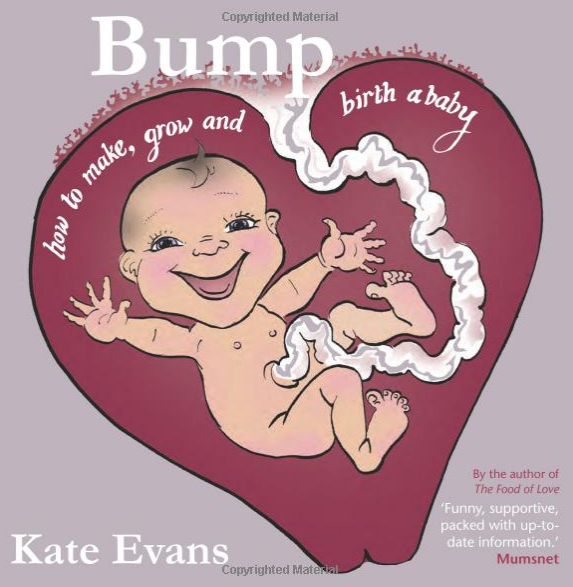
Confronting reality is very much the theme of this book. There are graphic illustrations throughout and it couldn’t be more removed from the Instgram worthy content of ‘sumg mum’. Vastly pregnant women stand proud and naked or slump haggered and wide eyed. Massive, veiny boobs sag over swollen and stretch-marked bellies. Pits and legs are unshaven, bushes are full… Whereas I was actually a little uncomfortable with some of the gendered undertones of the relationship dynamics in ‘smug mum’ -(where all expectant couples are straight btw) in ‘keepin’ it real mum’ partners come in all shapes and sizes, men, women, supportive and abusive. Financial reality is approached head-on with the author claiming you can get everything you need for the baby for £100. This includes nappies, slings, clothes and bedding – or lack of it. One thing I can’t get behind (from personal experience) is a recommendation to have baby in bed with you. But the rest of the advice is practical and sensible and just feels more realistic in my current circumstances. When I read it I don’t feel bad about my situation, or that I’m not ‘together’ enough to be a mum. I actually feel like it’s something I can do.
Saying all this both books have agendas, (don’t we all!). ‘Keepin’ it real’ mum believes in natural birth. Saying that there is a non-judgmental section on cesareans, and its recognised as a preference for some women rather than just an unfortunate medical intervention. But lots of other aspects of the ‘medical’ side of birth – really when the male doctors (represented as gorillas in white coats, message received and understood Kate!) get involved – are seen as unnecessary even intrusive and at the extreme an abuse of your rights. I’ve obviously not experienced birth before and I can imagine that this must be what happens sometimes or at least what it feels like for some women in labour. But I’ve been bought up to trust medical authority, and, as I have no birthing plan or preference – except one that doesn’t kill me please – I’m not so keen to dismiss all this and give birth by myself in front of a fire.
So I think what I’ve learnt from these books is that both contain some really useful stuff that will help me and make me feel better because I now have far more knowledge then I did. But that pregnancy and birth and well, life in general, is a personal thing and the most important thing for me to do is decide what I want and need and not to compare myself to or wish I was like other people.
This quite basic life lesson that I’ve never picked up is really what I’m trying to get out of this whole pregnancy thing. Stop comparing myself to others, recognise the amazing luck and comforts I have and do what’s best for me and the Bean.
And if I can learn that and stick to it not only might I be able to do this, but I might make an alright mum too.
Advertisements Share this:

